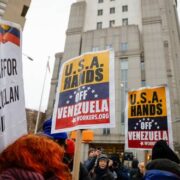Yeezy left a hole–Who is filling the blank space?

Once upon a time, Kanye West was not just selling sneakers—he was selling a whole dystopian dream. Yeezy was not a brand, it was a mood board. Desert neutrals, boxy silhouettes, the “I just arrived at the apocalypse, but make it fashion” vibe. For nearly a decade, Yeezy did not just influence streetwear—it was streetwear. If you were not in Yeezys, you were probably trying to look like you were.
And then—poof. Not a quiet fade-out but a messy, headline-making implosion. Shelves stacked with leftover Foam Runners, resale markets in chaos, hypebeasts collectively wondering, “Now what?”
The Yeezy-shaped hole was real, and bigger than just a missing sneaker drop—it was a missing cultural signal.
What kicked off after Yeezy
The replacements slid in fast. Fear of God Essentials took over the “soft, oversized, and neutral” lane like it had been waiting for this moment. Rick Owens leaned into the dystopian look even harder—longer hems, meaner boots, and more end-of-the-world energy. Luxury houses like Bottega and Loewe swiped the alien sneaker silhouette and made it runway currency.
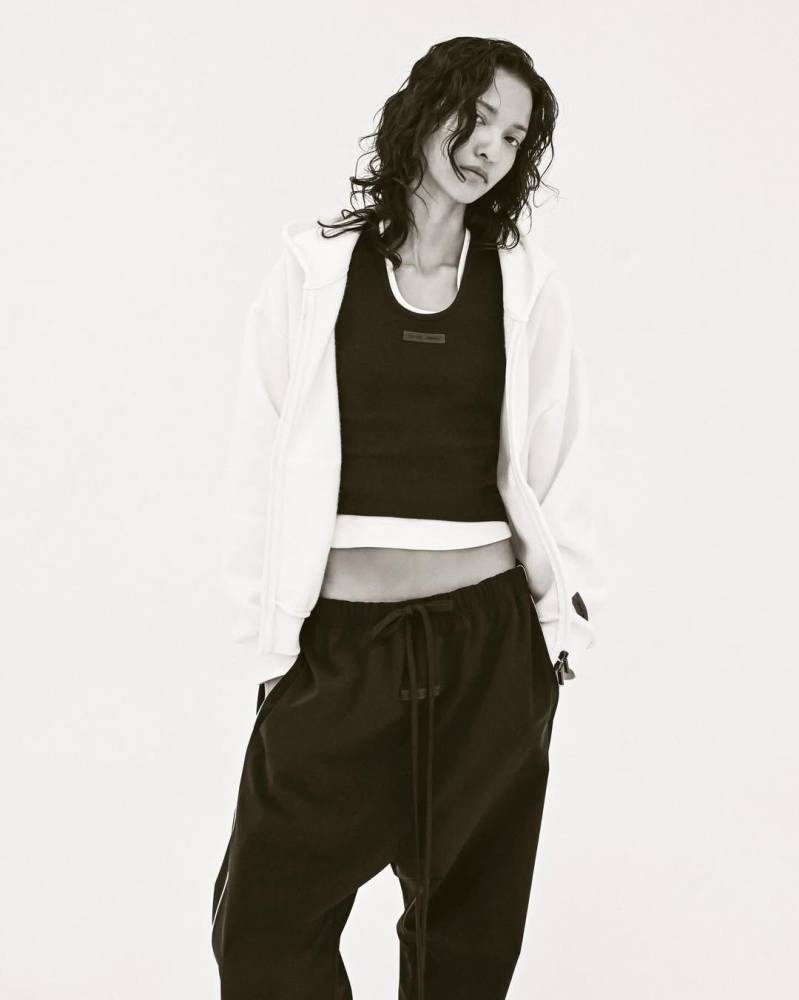
Streetwear went weird, too. Nike teamed up with Jacquemus, Sacai, and Off-White for collabs that gave chunky futuristic shapes a glossy spin. And then MSCHF says, “What if we made them huge?”
Cue the Big Red Boot, because apparently the post-Yeezy world is part hype, part circus.
The post-Yeezy starter pack
The thrift gods and micro-bands filled in the rest. TikTok kids started mixing Yeezy’s muted palette with thrifted moto jackets, vintage Raf Simons, and enough accessories to confuse an algorithm. The aesthetic splintered. Minimalism here, chaos there. No one person is “the next Yeezy,” and that is exactly the point.
Because Yeezy did not just make sneakers—it made a universe. And now that the mothership has crashed, the pieces are everywhere. The blank space is being filled by dozens of players, each remixing the formula. Some keep it beige and brooding. Others go neon and unhinged. But they are all chasing that same magic Yeezy had: making sweatpants feel like the future.
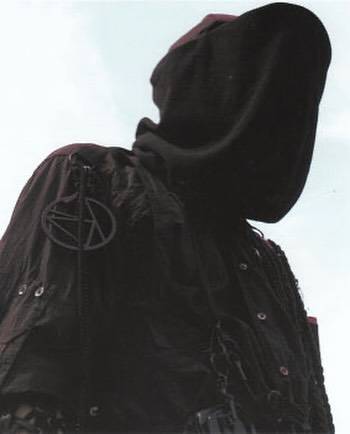
The cultural gap
When Yeezy disappeared, it was not just about sneakers and sweats–it was also about the loss of a singular vision that tied music, streetwear, and luxury into one cohesive universe. His influence extended beyond the racks and into the way people approached getting dressed. He made normcore cool, convinced hypebeasts to embrace beige, and made it socially acceptable to pair a $3,000 coat with gym shorts.
Without gravitational pull, the space has splintered. Now, style cues are coming from multiple micro-scenes at once: TikTok-fueled “blokecore” with vintage football jerseys, celebrity-driven quiet luxury from the likes of A$AP Rocky, and gorpcore’s rise from the trail to the runway. None of these movements feel as monolithic as Yeezy once did– but that is the whole point. Fashion in 2025 thrives on fragmentation, remixing, and micro-trends that burn bright for three weeks before morphing into the next thing.
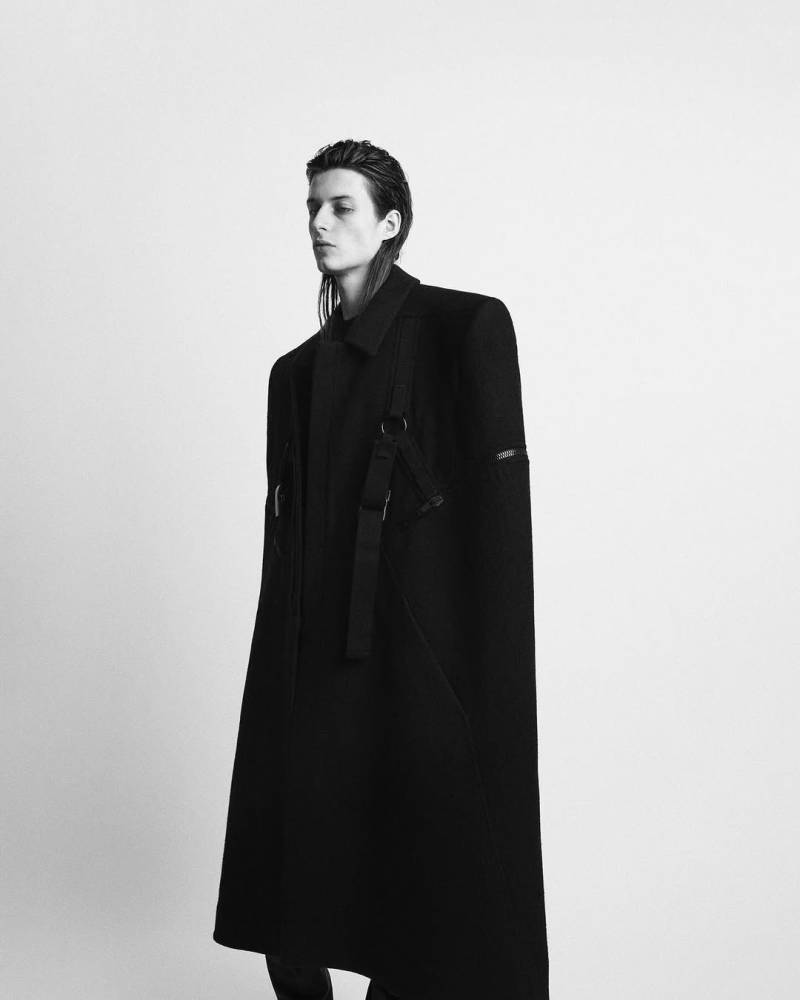
What we are left with is a looser, more democratic streetwear landscape. It is harder to dominate it the way Yeezy did, but for the brands stepping in, that also means more room to experiment.
If you are looking to tap into that Yeezy-adjacent energy in 2025, start here:
• Fear of God Essentials (@essentials)
• Rick Owens (@rickowensonline)
• Bottega Veneta (@bottegavenetaworld)
• MSCHF (@mschf)
• Wales Bonner x Adidas (@walesbonner)

• A-Cold-Wall* (@acoldwall)
• ERL (@erl)
• Thrifted Raf Simons (@rafsimons @raf_simons_archives)
• Jacquemus x Nike (@jacquemus)
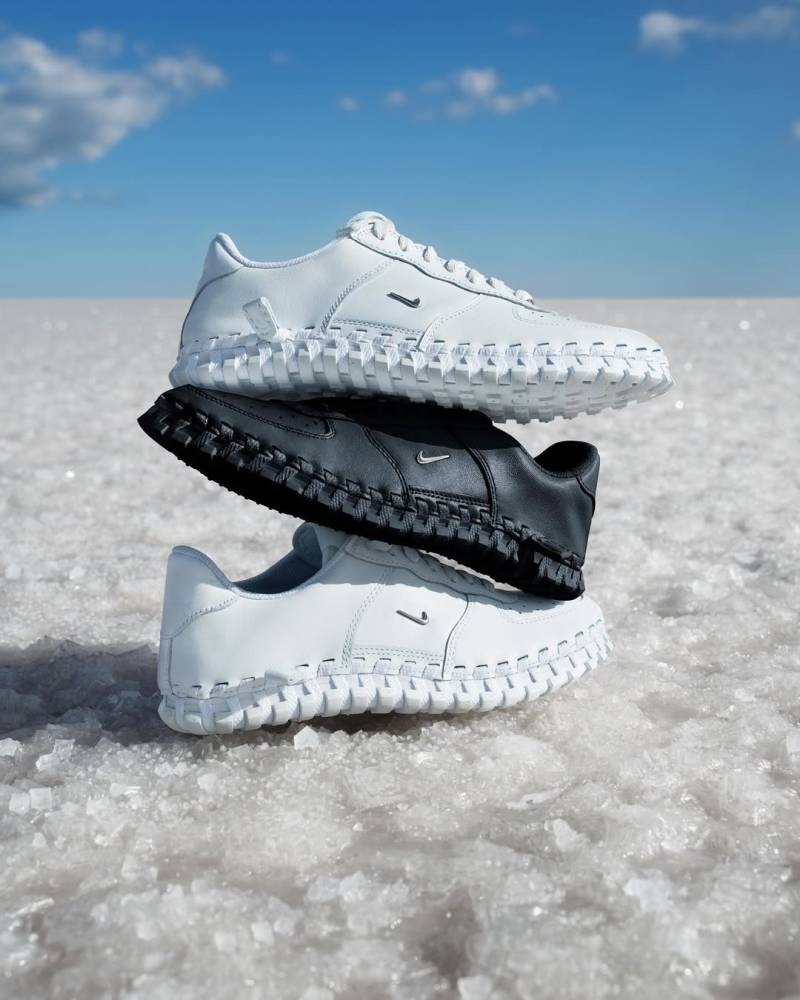
Underground and emerging brands:
• 1017 ALYX 9SM (@alyxstudio)
• Sankuanz (@sankuanz_official)
• Martin Rose (@martin_rose)
• Post Archive Faction (PAF) (@postarchivefaction)
• KidSuper (@kidsuper)
• Hed Mayner (@hedmayner)
Whether you keep it monochrome or make it meme-able, the post-Yeezy era has one rule: make the uniform yours.






